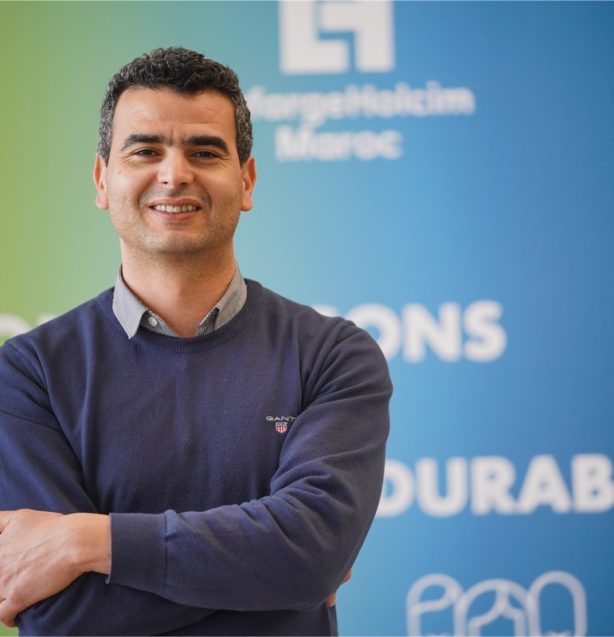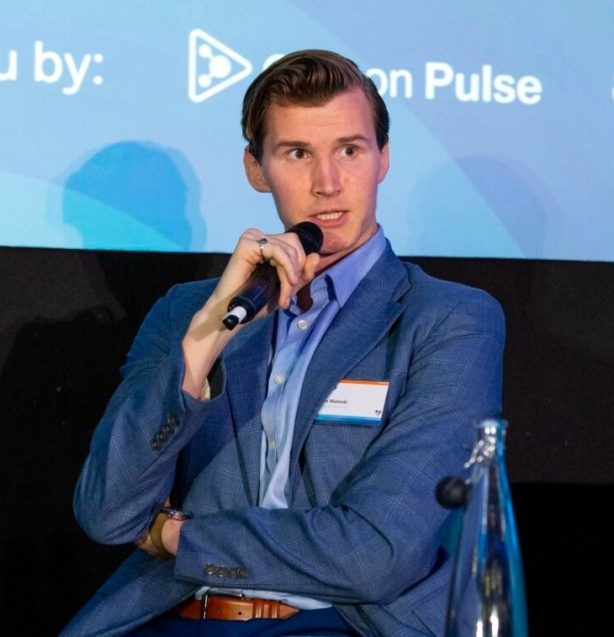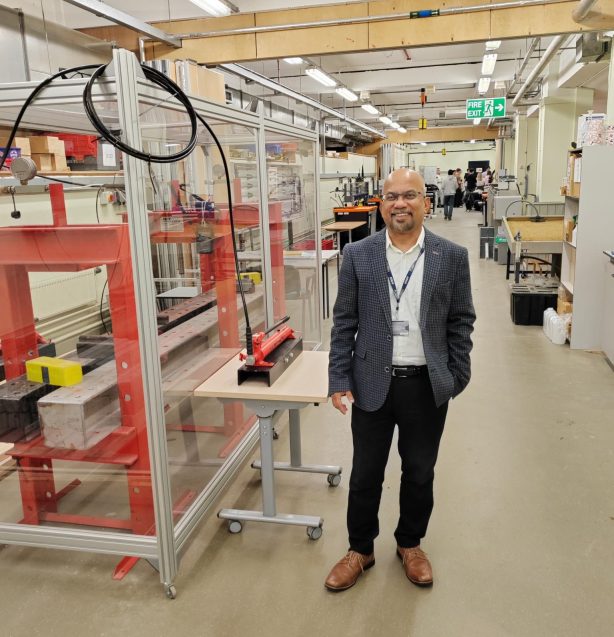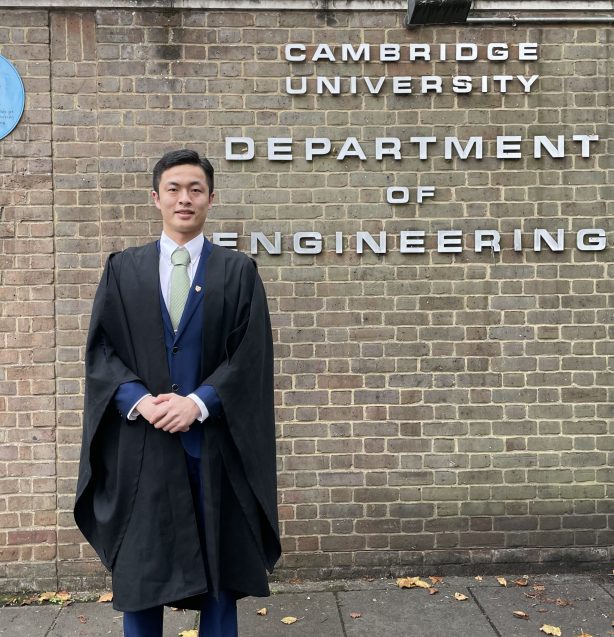
The Cementitious Materials International Technical and Trade Congress (EMEA and Americas) is the premier gathering of cement traders, industry experts, and professionals passionate about the latest advancements and limitless opportunities in the field of cementitious materials including ashes, slags, artificial and natural pozzolana, fumes, clays and construction and demolition waste used as alternative raw materials.
In an era where sustainability and innovation are paramount, cementitious materials have emerged as the driving force behind the transformation of the cement industry. With their remarkable strength, durability, and cost-effectiveness, these materials are revolutionizing construction practices worldwide.
Immerse yourself in a world of endless possibilities at this conference, where we will explore the vast array of cementitious materials and their diverse applications. Gain invaluable insights and strategies that will empower you to thrive in the dynamic and ever-evolving cement trading market. Discover how these groundbreaking alternatives are reshaping the cement landscape, reducing carbon footprints, and embracing the principles of a circular economy.
Together, let us pave the way towards a greener future, where cementitious materials play a pivotal role in building a more sustainable and resilient world. Join us at the International Conference on Cementitious Materials and be part of this transformative movement.
See details on 2025 Americas event here https://industrylink.eu/event/cementitious-materials-international-congress-2025/
and EMEA event here: https://industrylink.eu/event/cementitious-materials-international-congress-emea-2025/
Why Attend?
Unlock the Potential for a Sustainable Future
Join us at the International Conference on Cementitious Materials, where industry experts will share cutting-edge insights and strategies, providing you with the knowledge and inspiration to drive sustainable change in the cement industry.
By attending this essential event, you will:
– Gain Unparalleled Industry Insights: Immerse yourself in the latest advancements in cementitious materials and their profound contribution to sustainable concrete production. Explore innovative approaches that reduce waste, minimize carbon emissions, and enhance the overall environmental performance of cement production.
– Discover Lucrative Business Opportunities: Engage with emerging business models that leverage the power of cementitious materials for greener and more profitable ventures. Identify unique growth opportunities for your organization within the sustainable cement industry, positioning yourself as a leader in the market.
– Network with Influential Industry Leaders: Connect with like-minded professionals, reputable cement companies, and trusted suppliers who share your unwavering commitment to sustainability.
– Forge valuable partnerships that can drive positive change in your business and the cement industry as a whole.
– Develop a Comprehensive Growth Strategy: Acquire strategic knowledge from real case studies, engaging panel discussions, and insightful trend analyses. Utilize this knowledge to design a comprehensive growth plan for your company, firmly rooted in sustainable cement production practices.
– Stay Ahead of the Curve: Discover industry best practices and learn from leading companies that are spearheading success in the dynamic and ever-evolving cement industry. Incorporate sustainable cementitious materials practices into your operations to stay ahead of the competition and position your organization as an industry frontrunner
Who Should Attend?
– Cement Traders and Producers: Discover sustainable and cost-effective cement production strategies powered
by cementitious materials. Explore innovative approaches that reduce waste, minimize carbon emissions, and enhance the overall environmental performance of cement production.
– Energy Producers: Engage in discussions about innovative energy use in cement production, with a strong focus on sustainability. Learn about energy-efficient practices and renewable energy integration to optimize
cement manufacturing processes.
– Waste Management Companies & Recycling Experts: : Explore the potential of leveraging waste as a viable, eco-friendly resource in the cement industry. Discover innovative waste management techniques and recycling solutions that contribute to a circular economy and reduce environmental impact.
– Waste Management Companies & Recycling Experts: : Stay up-to-date with the latest trends and findings in cementitious materials and sustainable concrete production. Gain insights into cutting-edge research, technological advancements, and breakthrough innovations shaping the future of the cement industry.
– Research & Development Professionals: Stay up-to-date with the latest trends and findings in cementitious materials and sustainable concrete production. Gain insights into cutting-edge research, technological advancements, and breakthrough innovations shaping the future of the cement industry.
– Industry Executives & Traders: Gain valuable market insights and seize new business opportunities in the world of sustainable cement. Stay ahead of the competition by understanding market trends, consumer demands, and emerging business models that leverage cementitious materials for greener and more profitable ventures.
– Supply Chain & Logistics Experts: Dive into the operational challenges and solutions concerning cementitious materials’ supply chain dynamics. Explore efficient logistics strategies, inventory management techniques, and supply chain optimization to ensure seamless and sustainable material flow.
– Environmental Consultants: Learn about waste management practices and carbon footprint reduction in cement production. Engage in discussions about environmental regulations, sustainability certifications, and best practices for minimizing the environmental impact of cementitious materials.
– Construction Professionals: Embrace the advantages of cementitious materials in sustainable infrastructure development. Discover innovative construction techniques, design considerations, and project case studies that showcase the benefits of using cementitious materials for resilient and eco-friendly structures.
– Government Officials & Policymakers: Engage in dialogues about regulatory and policy-related aspects that foster sustainability in the cement industry. Discuss the development of supportive policies, incentives, and standards that promote the adoption of cementitious materials and sustainable practices.
– Cement Industry Suppliers: Connect with manufacturers, suppliers, and providers of equipment, machinery, chemicals, and digital solutions tailored for the cement industry. Explore the latest technologies, products, and services that enable efficient and sustainable cement production.
– The Cementitious Materials Conference welcomes professionals from various fields who are eager to embark on this transformative journey.
Join Us on This Journey
Register now and be part of this transformative movement towards a greener, more sustainable future. Together, let us pave the way towards a world where cementitious materials play a pivotal role in building a more sustainable and resilient future. This conference is not just an event; it’s a platform for collaboration, innovation, and driving positive change in the cement industry. Don’t miss out on this opportunity to connect with industry leaders, gain valuable insights, and shape the future of sustainable construction.
Please reach out to us at Contact@industrylink.eu for registration, any inquiries, speaking opportunities, and to secure the most favorable arrangements for individual bookings, group rates, partnerships or sponsorship opportunities. Feel free to explore our website for a comprehensive list of events and detailed information about our activities.
Dive into our calendar of events, featuring CarbonZero Global Conference and Exhibition 2024 in Madrid, Spain; Women in Cement and Construction International Congress and Sustainability and ESG International Summit 2024, dates and locations to be announced.
Sign up to our newsletter on industrylink.eu to receive the latest news and future events info as well as exclusive discounts.
We look forward to hearing from you!





















